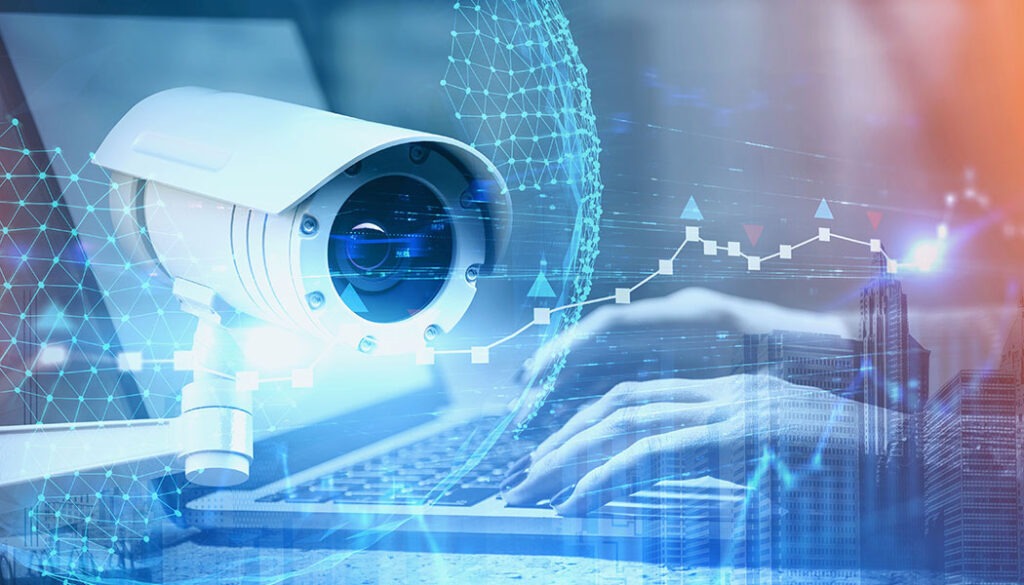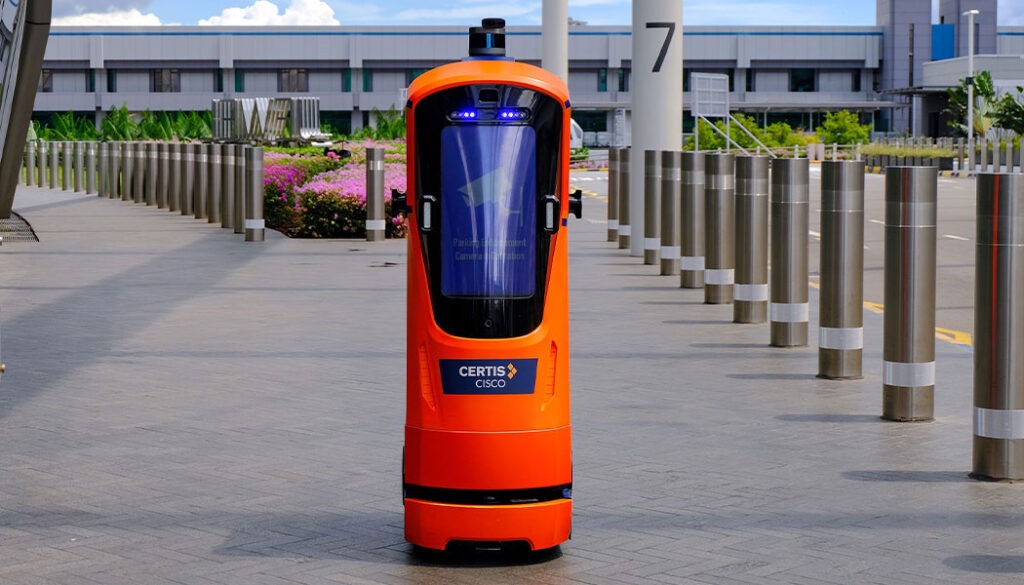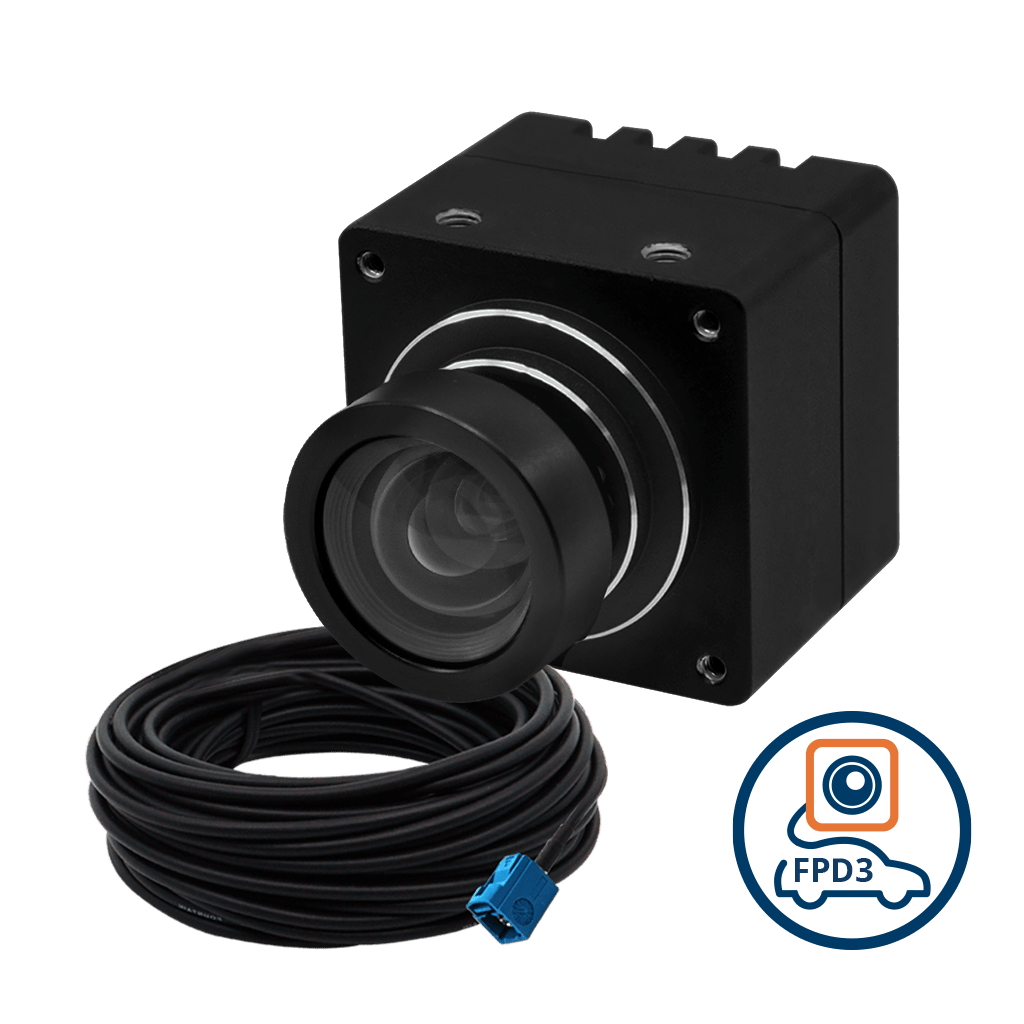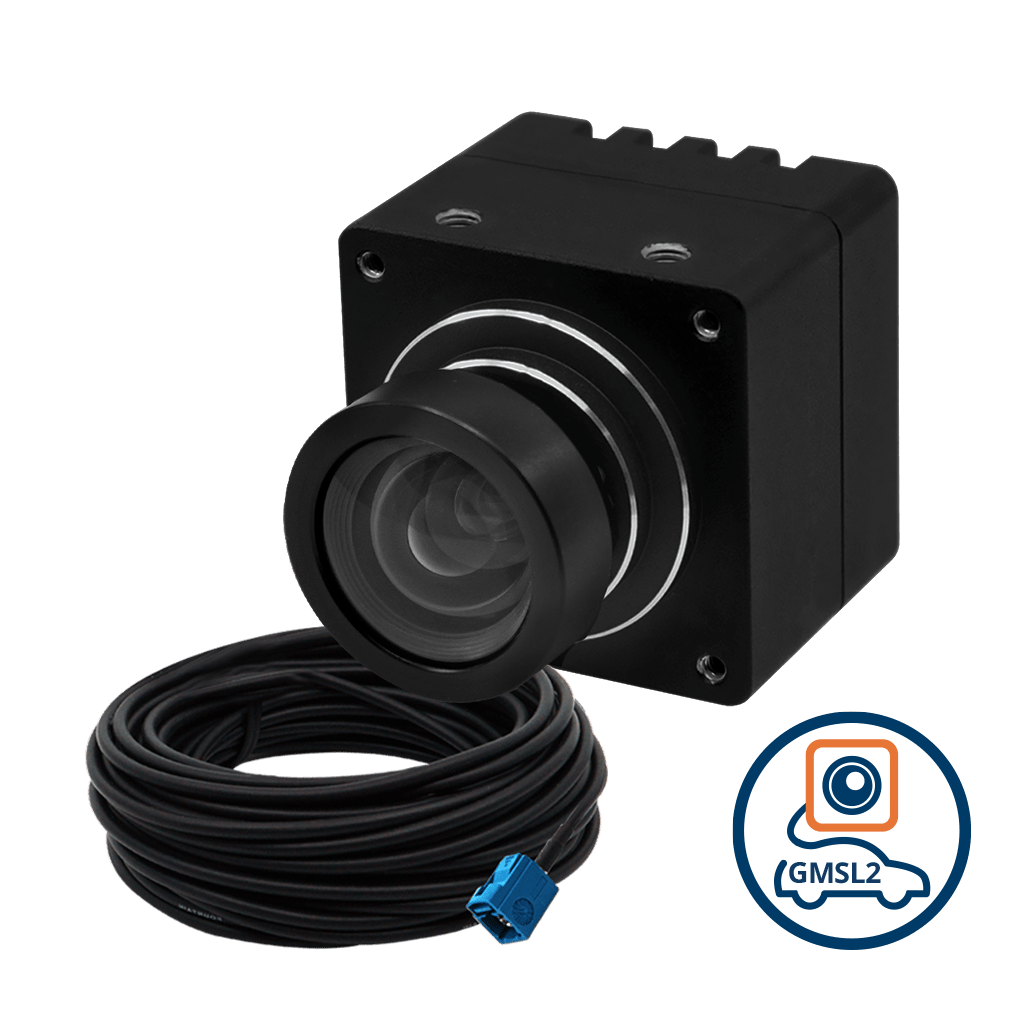Embedded vision has played a key role in enhancing performance and productivity in various industries. From medical to retail and the industrial sectors, vision-enabled systems have made life easier for humans by offering the ability to interpret visual data faster and better.
Among the many applications of embedded vision, there are a few that have had a significant impact on multiple sectors. Some examples include:
- Digital microscopy: It is used in lab diagnostics, life science & research, and education.
- Document cameras: They are used as an aid in office presentations, OCR (Optical Character Recognition) systems, and assistive devices.
- Access control systems: Used for border control as well as building & airport security.
- Kiosks and digital signage: They are placed in airports, retail stores, metro stations, etc., and act as information displays or advertising panels. Modern retail signages are also used as virtual trial mirrors that help shoppers view how a piece of dress looks on them.
Similarly, a popular embedded vision device that finds applications across multiple industries is smart surveillance systems. They are used for monitoring and security in industrial and commercial settings. In this article, we look at the diverse use cases of smart surveillance systems, the role of cameras in helping them interpret visual data, and the key features a surveillance camera module should have.
What is a smart surveillance camera system?
Professional sports matches use a large video crew and setup to broadcast matches. They have the budget and the resources to do it. But what about amateur sports games, like those school, college, or university-level matches? Or the lower-tier club matches? Sports authorities conducting them cannot afford to appoint a professional video crew to shoot and broadcast them. This is where automated sports broadcasting systems integrated with embedded cameras come to the rescue.
These cameras do not need any supervision and capture matches live in an automated manner. The videos are then sent over a network to be broadcast on a streaming platform. This way, players’ loved ones get to see the matches in the comfort of their homes without being physically present in the venue.
Traditional surveillance systems are monitored by security personnel to detect any suspicious activity. It was all about simply capturing videos and sending the feed over a network. The security person would be sitting in a remote location or a control room on the premises to oversee the area under surveillance.
However, modern-day surveillance systems, by means of using machine learning (ML) and artificial intelligence (AI), can automatically detect any unusual activity or unauthorized presence. The camera captures images and videos which are then analyzed by the AI algorithm to prevent theft or intrusion. Some smart surveillance systems can also identify the type of object in the field of view of the camera – say whether it is a human or a vehicle.

A smart surveillance camera
The role of computer vision and AI in smart surveillance
Smart surveillance systems leverage AI and computer vision algorithms to determine the nature of the objects in a scene. For example, consider a smart surveillance system used for traffic monitoring. One of the functions of the system can be to count the number of vehicles and determine how many vehicles of each type pass by every day.
Object classification algorithms like R-CNN, Fast R-CNN, Faster R-CNN, or YOLO can be used for this. Similarly, a smart surveillance camera used in a parking lot can categorize vehicles to understand the nature of the vehicles using the facility.
Applications of vision-enabled smart surveillance
Following are some of the most popular applications of smart traffic surveillance systems:
- Smart traffic
- Parking lot management
- Building and facility monitoring
- Patrolling
- Animal monitoring
- Coastal surveillance
Smart traffic
Smart traffic management systems are used to monitor vehicles in tolls, highways, and traffic junctions. They help with tasks such as vehicle counting, lane violation detection, and automatic number plate recognition. In fact, smart traffic devices are much more than surveillance. They help city authorities manage traffic flow better and reduce accidents & congestion by ensuring rules are followed properly.
Embedded cameras in traffic monitoring systems ensure that high quality images are captured which are then subject to AI-based or human analyses. Cameras in smart traffic systems are typically mounted a long pole to achieve maximum coverage.
Related: How Embedded Cameras are Powering New-age Smart Traffic Systems
Parking lot management
Large parking lots use surveillance cameras for two purposes:
- Vehicle counting and determining vehicle type. This function works very similarly to smart traffic management systems.
- Guiding incoming vehicles to find a free parking slot. This is achieved by integrating the camera system with a mobile app that drivers can use while availing the parking lot service. The camera analyses the video to identify empty slots. This information is reflected in the mobile app, which then uses GPS (or a prebuilt map) to guide the driver to the empty slot.
As in the case of smart traffic systems, the camera is placed on a pole so that it can cover the entire field of view.
Building and facility monitoring
Here, smart surveillance cameras are used for monitoring a building and its premises. A few examples include:
- Retail stores and supermarkets
- Warehouses
- Government buildings
- Corporate and business buildings
- Banks and financial institutions
- Schools and other educational institutions
In essence, any building that needs monitoring can use a smart surveillance system. The camera is either mounted on a pole or attached to the building wall or roof for easy monitoring.
Patrolling
Patrolling is a subset of surveillance where patrol robots are used to perform surveillance. Patrol robots can autonomously navigate in their environment and monitor the area by moving around just like how a security person does.
Patrol robots ensure better coverage compared to static surveillance cameras. In addition, they can also access areas that often a static camera cannot reach. This is extremely useful in large areas like mines or power plants where installing surveillance cameras might not give complete visibility. Drones are also used as patrol devices and offer better distant and aerial visibility.

A patrol robot
Animal and wildlife monitoring
Surveillance cameras are also used for monitoring animals and birds. This method is used to study wildlife without disturbing their natural habitat. They also serve purposes such as:
- Preventing the intrusion of humans into the wildlife ecosystem
- Offering the ability for nature lovers to observe animals and birds from a remote location without having to physically visit the premises. This also helps the wildlife facility staff to keep the environment clean and pollution-free.
Surveillance cameras used for animal monitoring are mounted on poles or trees and are placed in such a manner that a large area can be covered.
Related: How Embedded Vision can Enable Remote Animal and Bird-watching
Coastal surveillance
Coastal surveillance cameras are mostly used by government and military entities to ensure security and prevent the intrusion of enemy vessels and boats. Cameras can be placed on poles, watch towers, or buildings on the coastline.
Features of embedded cameras in surveillance system
The necessary features of camera modules used in surveillance systems will vary from application to application. However, in general, below are some of the most important ones:
- Resolution and frame rate: A resolution of 5MP is usually enough. At the same time, 4K cameras might be needed for certain use cases. Surveillance cameras monitoring moving objects will need a high frame rate (30 fps or higher) whereas others can settle with a frame rate lower than 30 fps.
- Dynamic range: High dynamic range cameras are recommended for outdoor surveillance cameras. A dynamic range of 100 dB or above is desired.
- Near Infrared sensitivity: For surveillance in the night, sensors with high sensitivity in the Near Infrared spectrum is preferred.
- Field of view: Most surveillance systems have to cover a large area. To enable this, one or more cameras with a large field of view have to be used.
- Multi-camera support: Using multiple cameras enables smart surveillance systems to capture videos of a large area. Multi-camera surveillance can be more economical as well since it eliminates the need for installing processors for multiple single-camera systems.
- Heavy processing: If you are using multiple cameras in a single surveillance system, you need to use a processor that can handle the load. TI Jacinto TDA4VM and NVIDIA Jetson are examples of platforms that can help you achieve this. This in turn means that the camera has to be compatible with these processing platforms.
- Long-distance transmission: Since surveillance cameras are often placed on poles, the distance to them from the processor is usually 2 to 3 meters. Hence, long-distance cameras like GMSL2 and FPD-Link III cameras are recommended in smart surveillance systems.
TechNexion – cameras for modern-day surveillance systems
TechNexion has been developing a wide variety of camera solutions that cater to different industries such as medical, industrial, and retail. With features such as high resolution, long-distance transmission, and near infrared sensitivity, our cameras are well-suited for smart surveillance systems used for any use case.
Visit the embedded vision page to learn more about our camera solutions.
In addition to cameras, we also offer system on modules that can be readily integrated into your embedded vision systems. This diverse portfolio has helped us become a one-stop shop for embedded vision system developers. Whether you are building a robot, a smart surveillance device, or a sports analytics system, we can support your complete product development journey. Contact us today to learn how we can accelerate your product development.
Related Products
Get a Quote
Fill out the details below and one of our representatives will contact you shortly.



